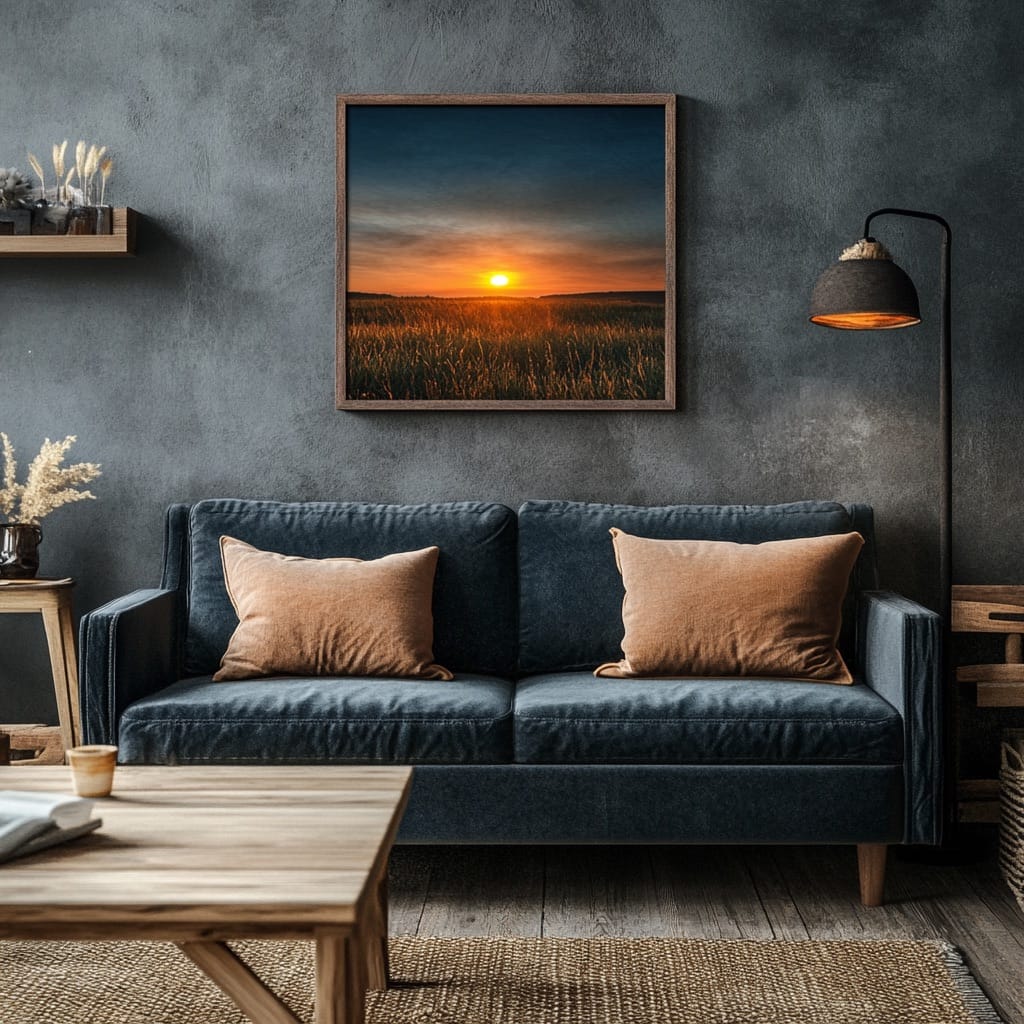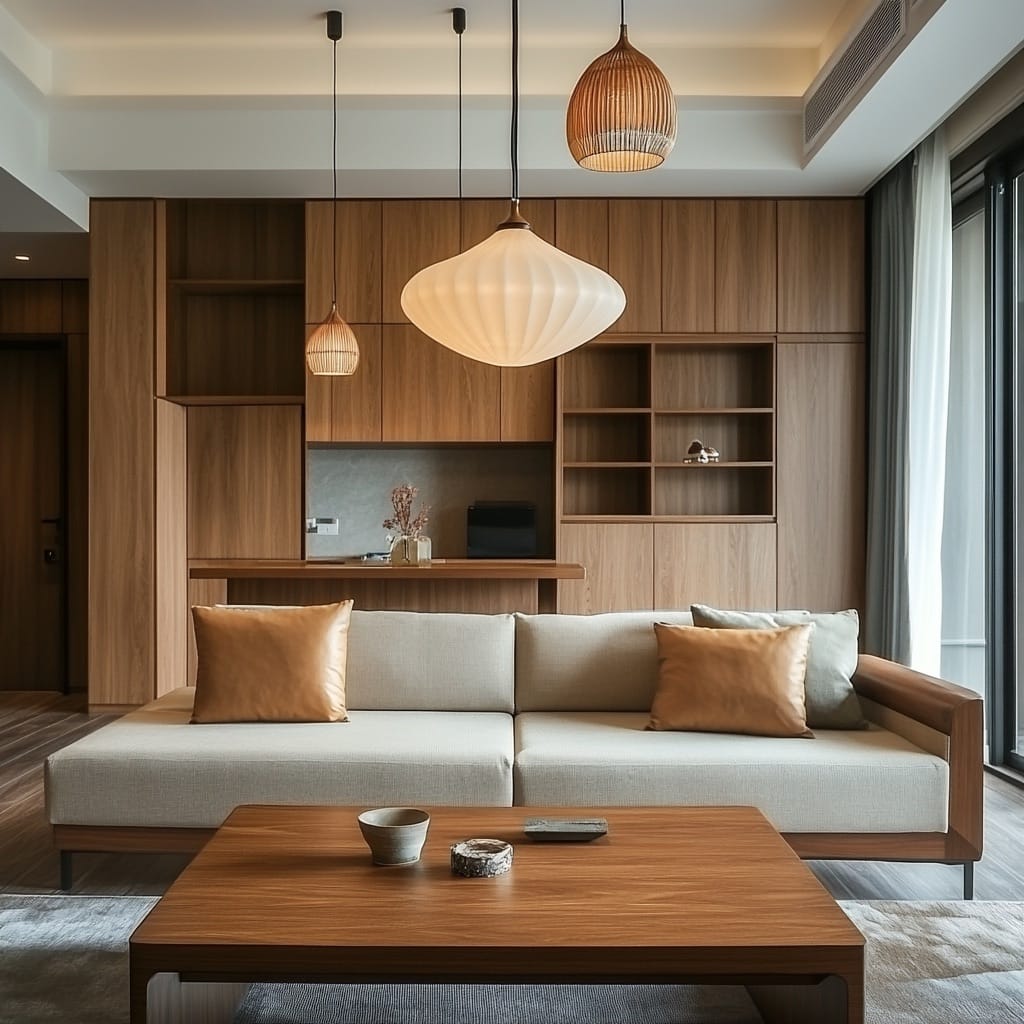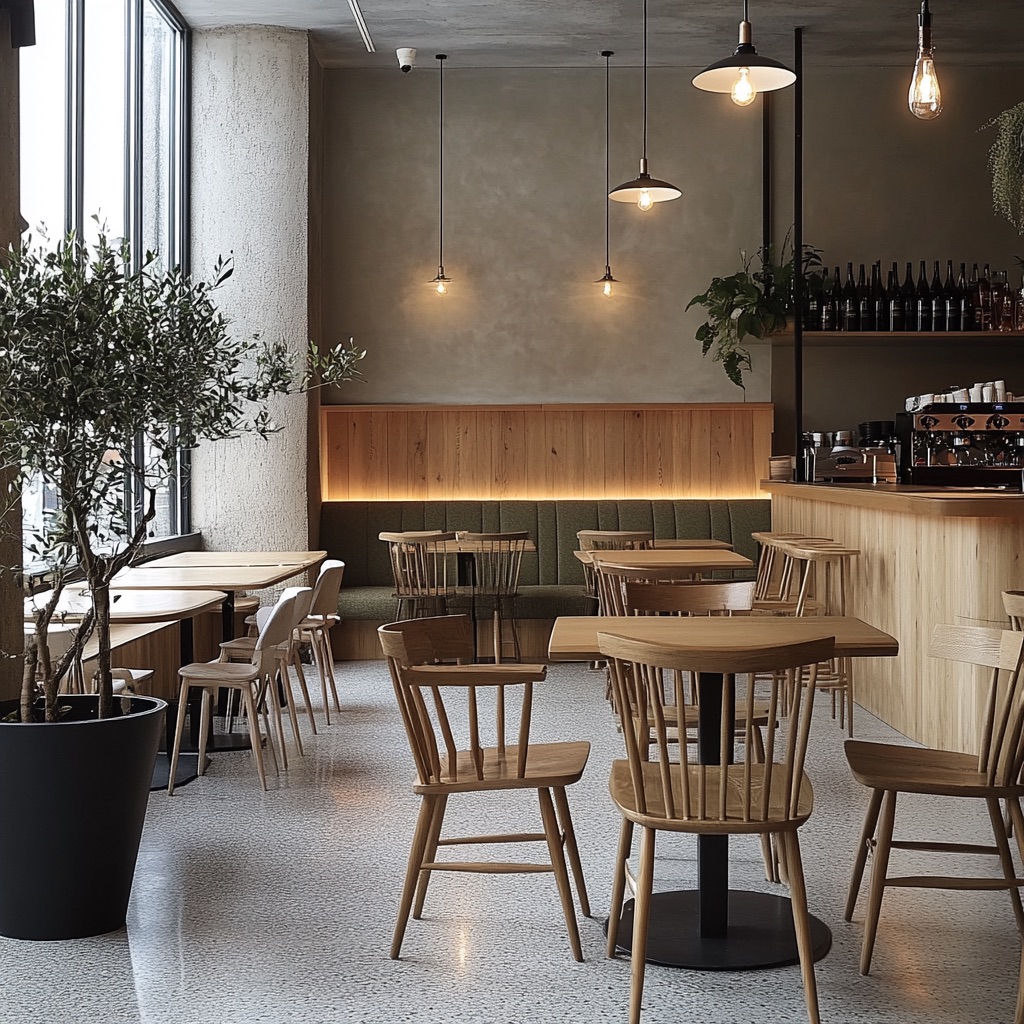Last updated on
Treehouses are no longer the scrappy, weekend projects you remember from your childhood. Many adults now look to treehouses as eco-friendly and sustainable options for recreation, holidaymaking, and even as a primary home.
What could be better than relaxing in a private little cabin, perched among the treetops, and hearing the sound of nature? It sounds idyllic and it can be all you want it to be. But before you get to work on your own sustainable treehouse, here are 5 tips for living among the canopy.
Even a Treehouse Needs Thorough Planning
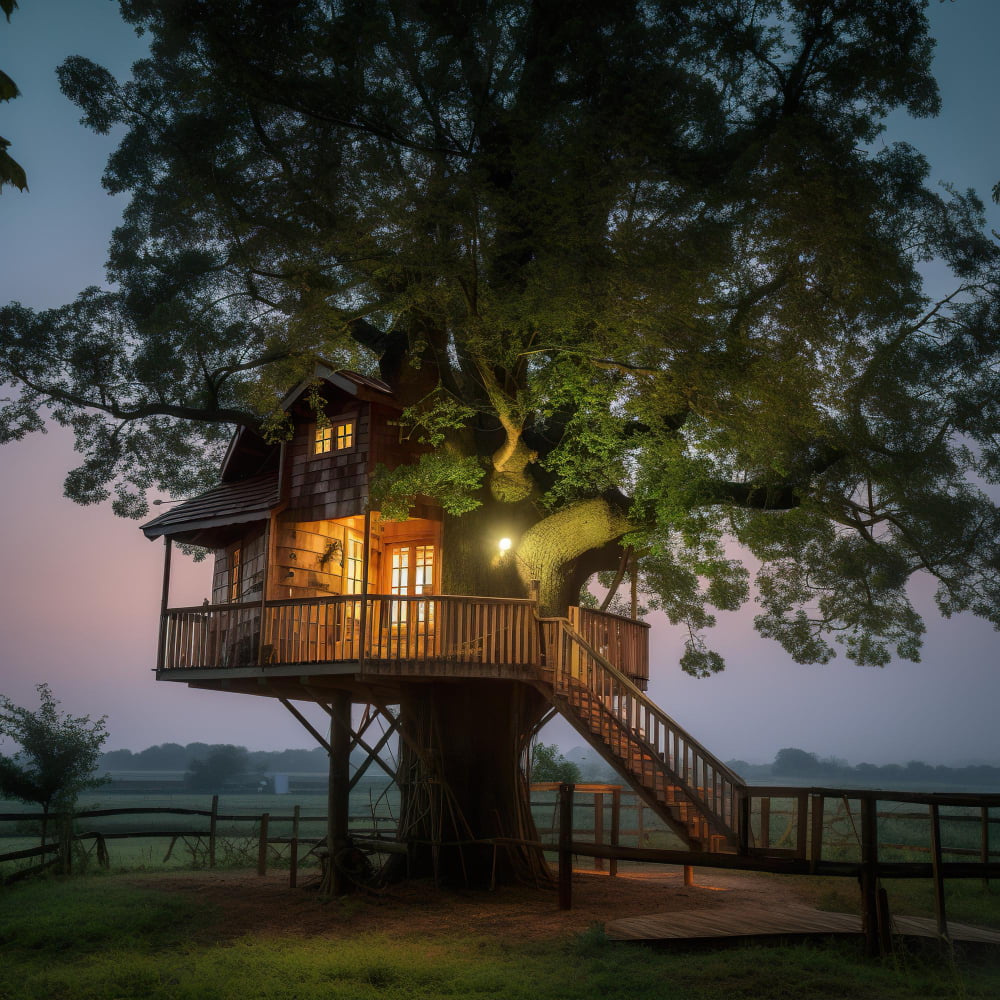
Sustainability starts before you even start building. Yes, even a treehouse needs a plan, if you want to build a structure that is robust and meets your needs, yet is sustainable. You’ll have to consider various factors, like the location, the weather conditions there, and what you want to use the treehouse for.
Do you intend to use it as a little getaway retreat, or for some weekend R&R? Will you be using it as a guesthouse when relatives come to visit? The intention behind your treehouse will determine the size it should be, and also the fixtures it will need, for comfortable use.
True sustainability includes the design and the build process. If you’re seriously committed to sustainability, Learn More about what it takes to design and build a sustainable treehouse before you start.
Consult an Arborist for Safe Sustainability
Living among the canopy sounds like the very best of sustainable living. But is it safe? Regardless of your commitment to sustainable, eco-friendly living, safety considerations should always come first. Unless you’re an expert on trees and understand the interaction between wind and trees, consult an arborist.
Trees can sway, twist, and bend in powerful wind and storm conditions. They usually withstand these forces of nature by shedding parts of their structure, starting with leaves and then moving on to branches. Also, a treehouse high up in the trees in an open area will be more subject to wind damage.
Well-established trees can usually withstand wind speeds of up to 50-60 miles per hour, but root systems, age, and health all play a role in a tree’s stability. Different species also have varying levels of wind resistance. For example, maples and oaks generally have stronger and more flexible branches.
Sustainability Starts with the Building Materials
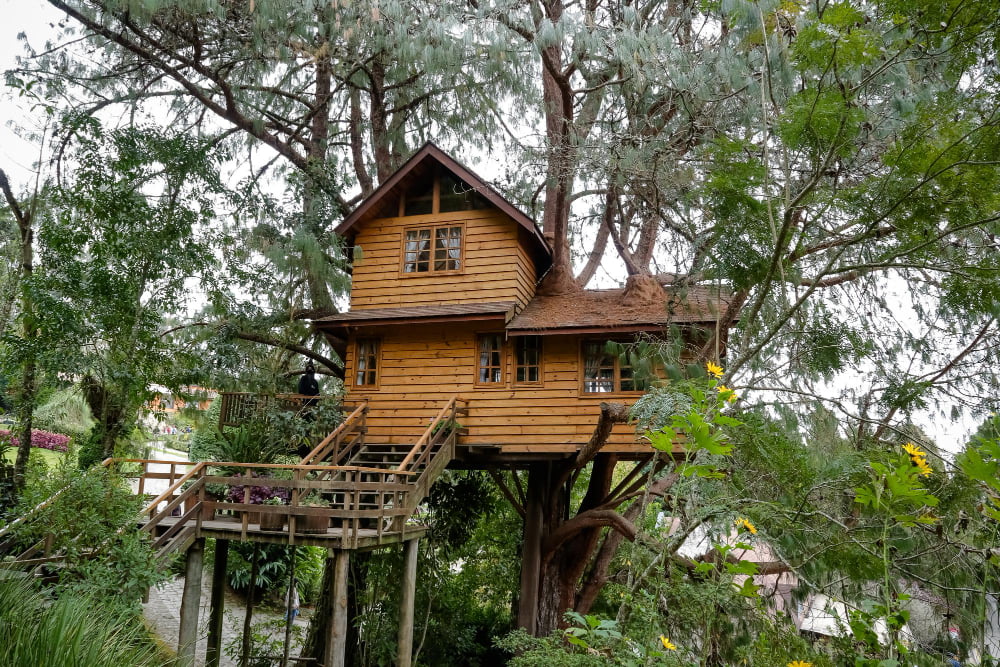
There are many things you can do to live sustainably while you’re in your treehouse. But sustainability starts long before you ever set foot in the structure. It starts with your choice of building materials.
For most sustainable DIY projects, including a treehouse, wood will be your material of choice, particularly reclaimed and salvaged wood. This is cost-effective, eco-friendly, and sustainable, and working with wood is always enjoyable if you heed some basic woodworking guidelines.
Wood from old barns or sheds may be used for your treehouse walls and interiors. But you may want to consider using new timber for the base. The base of your treehouse is your foundation, albeit high above the ground. Everything will be secured to it, so the wood needs to be healthy, strong, and durable.
Heating and Cooling in the Treetops
In a conventional house, you trust the HVAC system for your heating, ventilation, and cooling needs. In a sustainable treehouse, it’s a whole different game. Here, nature is your HVAC, but that doesn’t mean you are at the mercy of the elements. There’s a lot you can do, to provide warmth, insulation, and ventilation.
Wood is naturally warm, but extra insulation is a good idea if you will be using the treehouse in cold wintry weather. Double-glazed windows will provide extra insulation. Roof vents and wall vents are as important for a treehouse as a conventional house, for enhancing air circulation and letting stale air exit.
On a day with a gentle breeze, simply open the door and windows and enjoy cooling courtesy of nature. But to keep the treehouse extra cool in summer, add light-colored materials on the roof to reflect sunlight, and position your treehouse to take advantage of natural shade from nearby branches and leaves.
Powering up Your Treehouse
A treehouse can be as basic and rustic, or as luxe as you want it to be. But if you want to power it up, the most eco-friendly and sustainable choice is solar panels. You’ll be even closer to the sun up there in the treetops, and what’s better than solar power for sustainable living?
In the right conditions, you may even choose to pair a solar system with a wind turbine, for the ultimate sustainable power combo. This should provide ample power for your needs, even in an elaborate treehouse structure, if you are using low-energy devices.
Bear in mind that solar panels rely on correct orientation for exposure to the sun’s rays. You may affix the panels to the roof of the treehouse, or a pole on the tree, but if the sun’s rays are blocked by heavy foliage the photovoltaic cells in the panels will not absorb enough light.
Recap:

